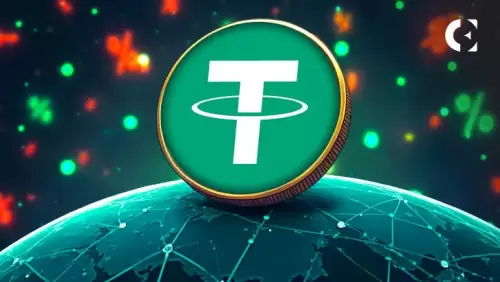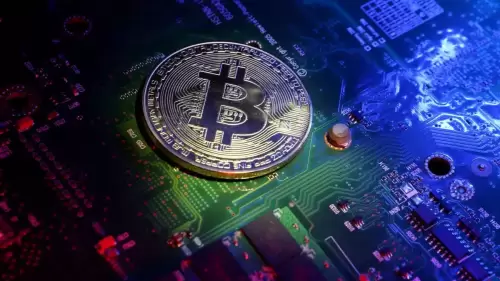Explore the rise of decentralized provers, mainnet launches, and network expansions in the blockchain space, focusing on Succinct and IKA.

The buzz around decentralized provers is getting louder, and for good reason. Mainnet launches are becoming more frequent, and networks are expanding, promising a future where verifiable computation is accessible to everyone. Let's dive into what's happening.
Succinct: A Decentralized Prover Network Goes Live
Succinct launched its mainnet on August 5th, 2025, marking a significant step towards making zero-knowledge (ZK) proofs more accessible. This decentralized infrastructure allows anyone to request and verify ZK proofs from a global network of provers. The launch also introduced the PROVE token, which fuels the network's economics by compensating provers and securing the system. Succinct supports over 35 leading protocols and has already processed millions of proofs for projects like Polygon, Mantle, Celestia, and Lido. According to John Guibas, CTO of Succinct Labs, the goal has always been to make proving infrastructure accessible at internet scale. The network operates as a two-sided marketplace on Ethereum, where applications submit proof requests, and provers compete to fulfill them. This eliminates the need for custom infrastructure, making verifiable computation as easy as calling an API.
IKA: Cross-Chain Control on Sui
Before Succinct, on July 29, 2025, IKA, a Sui-based altcoin, saw its price surge after its mainnet launch. IKA is part of a zero-trust multi-party computation (MPC) network that enables Sui smart contracts to control assets on other blockchains like Bitcoin, Ethereum, and Solana. This innovative approach eliminates the need for centralized bridges or wrapped tokens, addressing major security risks in cross-chain solutions. The IKA protocol uses dWallet and MPC technology, distributing cryptographic keys across multiple signer nodes, enhancing security and decentralization. With Sui's high-throughput architecture, IKA facilitates seamless and secure cross-chain transactions, expanding the utility of Sui-based smart contracts.
The Bigger Picture: Decentralization and Empowerment
The trend towards decentralized provers and networks reflects a broader movement towards decentralization in the financial and technological landscape. Projects like Pi Network, while different in their approach, also highlight the desire for decentralized alternatives that empower individuals and bypass traditional institutions. These platforms challenge the status quo by redistributing power to individuals and offering new models for financial inclusion and technological innovation.
My Take: A Glimpse into the Future
It's exciting to see these advancements in decentralized technology. The Succinct and IKA mainnet launches are not just isolated events; they're part of a larger trend towards more secure, transparent, and accessible systems. ZK proofs and MPC networks could be the keys to unlocking a new era of trustless computation and cross-chain interoperability. These technologies are still evolving, but their potential to reshape industries and empower individuals is undeniable. It seems to me that verifiable computation might just become the standard for how crypto integrates with the broader internet.
So, buckle up, folks! The world of decentralized provers and networks is just getting started, and it promises to be a wild and transformative ride.





















































































